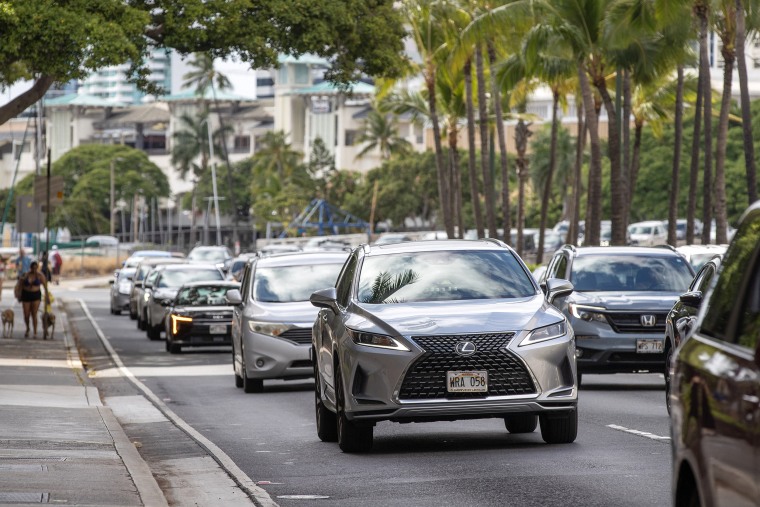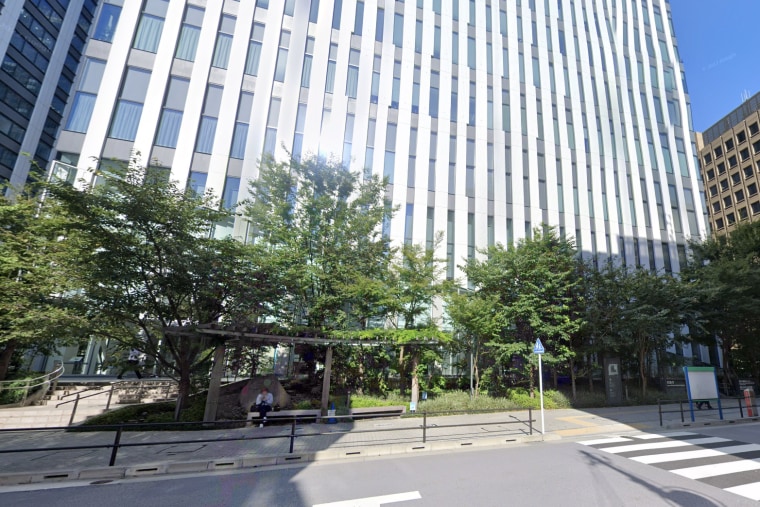One of the most powerful earthquakes ever recorded struck Wednesday in Russia’s Far East, triggering tsunami waves in Japan and Hawaii and prompting warnings and evacuations across the Pacific.
Hawaii has so far “not seen a wave of consequence, which is a great relief to us,” Gov. Josh Green said Tuesday after the first waves reached his state around 7:30 p.m. local time (1:30 a.m. Wednesday ET). But he said it was too early to say whether the danger had fully passed.
Earlier, the 8.8-magnitude quake off Russia’s Kamchatka Peninsula sent a tsunami wave into the country’s Kuril Islands in the Pacific, where the governor said residents were safe.
The largest waves so far, measuring almost 24 inches each, arrived on the Japanese islands of Honshu and Hokkaido shortly after 1 p.m. Wednesday local time, the country’s meteorological agency said, after smaller waves of about 12, 16 and 20 inches. No deaths or major damage have been reported so far.

Pending any downward revision to the magnitude, the quake on Wednesday is tied for the sixth-largest ever recorded, according to the U.S. Geological Survey, and is the world’s largest since the 2011 earthquake off Japan that set off the Fukushima tsunami and nuclear meltdown.
In Hawaii, people were told to leave low-lying coastal areas.
“Our appeal to you is: If you’re in a low-lying area, get yourself safe, get to higher ground,” Honolulu Mayor Rick Blangiardi said at a news conference.
He said traffic was heavy on the island and urged patience, but also caution. “Pay attention. This is real, and it’s most serious,” he said.
The state Department of Transportation warned people to avoid the town of Hanalei on the island of Kauai to allow people to evacuate.
On the Big Island, Hilo Airport ceased commercial operations to facilitate evacuations from Keaukaha, the department said. The Coast Guard ordered all commercial vessels to leave harbors.
The Tsunami Warning Center said waves of 1 to 3 yards above tide level were possible along some coastal areas of Hawaii, Chile, Japan and the Solomon Islands. Waves of more than 3 yards were possible along some coastal areas of Russia and Ecuador.
Japanese Prime Minister Shigeru Ishiba warned people in areas under alert to be wary of secondary waves.
“Even if a tsunami reaches an area, the second or third waves could be larger, so please pay close attention to tsunami-related information and remain in a safe location until the alert is lifted,” he told reporters.
In Russia, the first tsunami wave hit the coastal area of Severo-Kurilsk, the main settlement on Russia’s Kuril Islands. Local governor Valery Limarenko said residents were staying on high ground until the threat of a repeat wave was gone.

Russia’s Tass news agency reported from the biggest city near the epicenter, Petropavlovsk-Kamchatsky, that many people ran out into the street without shoes or outerwear. Cabinets toppled inside homes, mirrors were broken, cars swayed in the street, and balconies on buildings shook noticeably.
Tass also reported power outages and mobile phone service failures in the capital of the Kamchatka region.
The National Tsunami Warning Center, based in Alaska, issued a tsunami warning for parts of the Alaska Aleutian Islands and a watch for parts of the West Coast, including California, Oregon, and Washington, as well as Hawaii.
The advisory also includes a vast swath of Alaska’s coastline, including parts of the panhandle.
The Japanese government said it had set up a task force for information-gathering and response in case of any emergency.
Japan, part of the area known as the Pacific Ring of Fire, is one of the world’s most quake-prone countries.
Five powerful quakes — the largest with a magnitude of 7.4 — struck in the sea near Kamchatka this month. The largest quake was about 90 miles east of Petropavlovsk-Kamchatsky, which has a population of 180,000.
On Nov. 4, 1952, a magnitude-9.0 quake in Kamchatka caused damage but no reported deaths even though it set off 30-foot waves in Hawaii.


